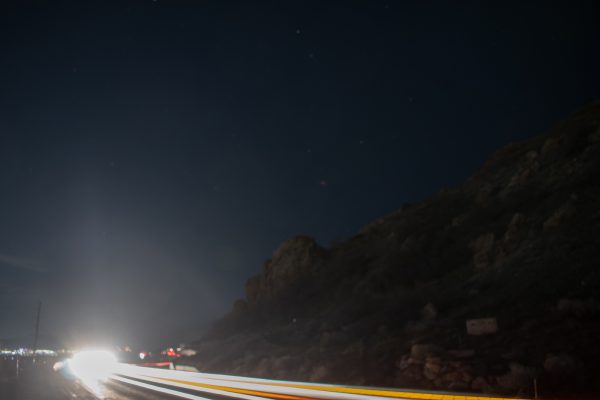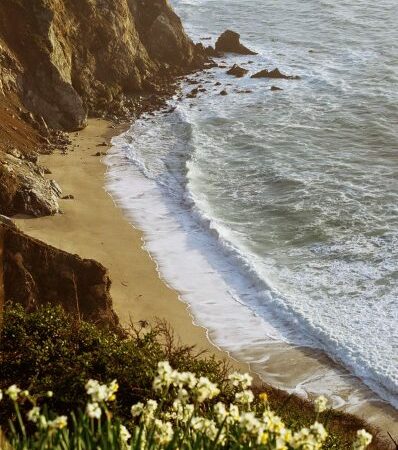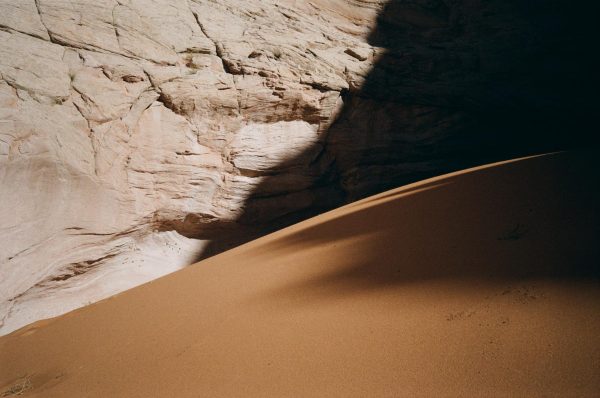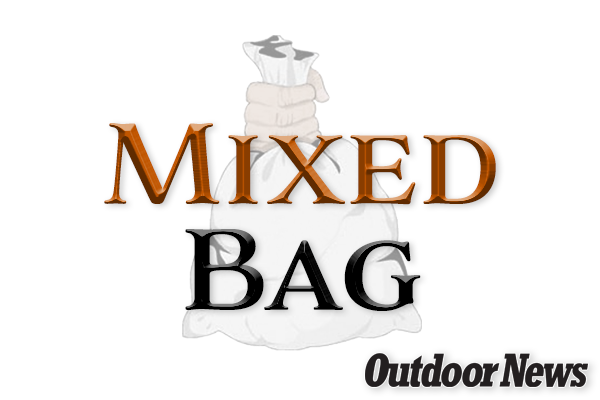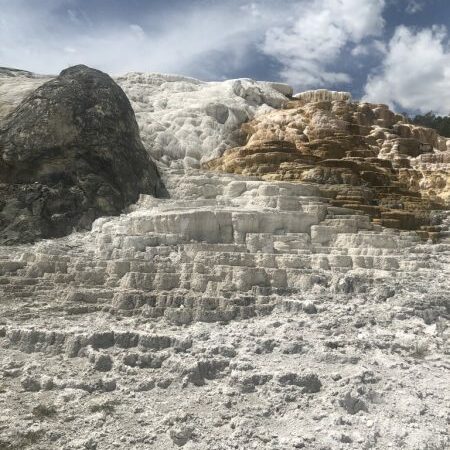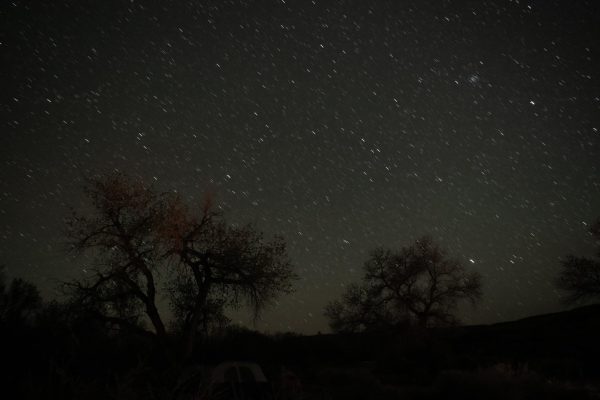Utah’s Backyard Problem
Did you know the Great Salt Lake is drying up? Well, with record-hot summers and record-dry winters, it isn’t really a surprise, but what is truly alarming is what’s underneath the water. As the lake shrinks toxic dust, environmental disruptions, and health risks threaten everything from air quality to wildlife habitats. But it’s not too late. Whether you enjoy outdoor activities or are someone who dislikes any place without air conditioning the drying of this vital resource calls for all of us to get involved. Let’s dive into how we can turn the tide and protect what’s left of the Great Salt Lake for future generations.
What’s Lurking Beneath:
According to a study by the University of Utah, the soil underneath the lakebed contains elevated levels of arsenic, lead, lithium, aluminum, and other toxic metals. As the lake dries up the dust from the lakebed can be carried away with the wind. And when they are inhaled, they can cause a slew of problems, including certain types of cancer, neurological disorders, lung damage, and cell damage. They also have the potential to contaminate our water, soil, and crops which can cause irreversible damage.
Have we ever seen this before?
Dust storms like this aren’t something new to the nation and they definitely wouldn’t be a unique problem. In the early 1900s, California faced a similar crisis when Owens Lake dried up after Los Angeles diverted its water. The result was a massive dust pollution problem, which became the worst in U.S. history. Since then, over $2.5 billion has been spent trying to fix the issue. To put it in perspective: Owens Lake was just 108 square miles. The Great Salt Lake is over 15 times that size—around 1,700 square miles. If Owens Lake caused this much damage, imagine the scale of the dust problem we could face with the Great Salt Lake.
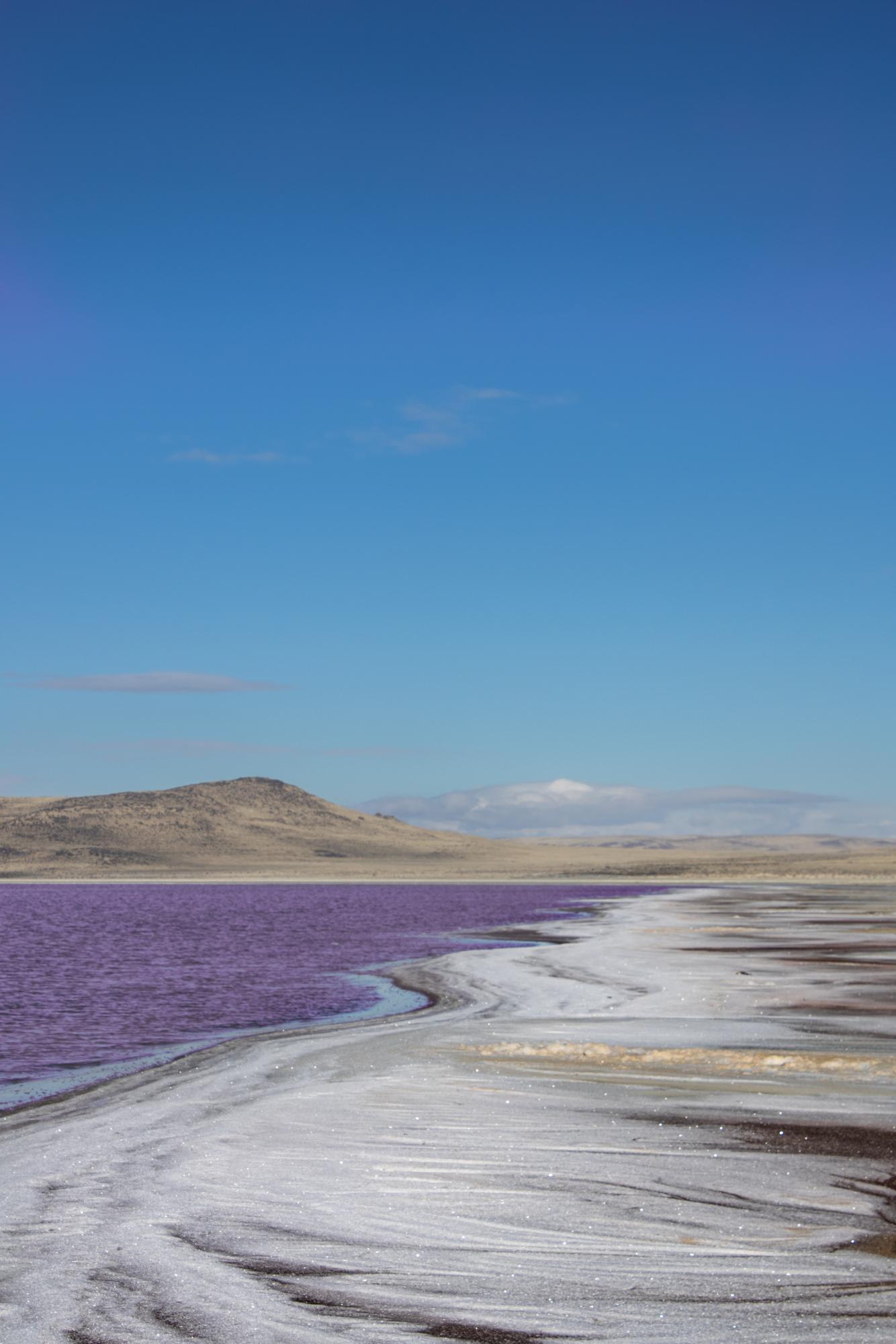
An Ecosystem in Trouble:
The shrinking lake isn’t just bad news for people. Millions of migratory birds rely on the Great Salt Lake for food and rest. With less water, they’re losing their pit stop, which could disrupt migration patterns across the Western Hemisphere. The lake is also home to a unique ecosystem, including brine shrimp, which support entire food chains for birds and other wildlife. If the lake continues to dry up, the collapse of this ecosystem could lead to ripple effects far beyond Utah, impacting species that depend on this vital habitat. In addition, as more of the lakebed is exposed it further alters the local climate, making the area even less hospitable for wildlife.
Saying goodbye to powder days.
Utah’s legendary snow is largely thanks to the Great Salt Lake. The ski resorts benefit hugely from what is called the lake effect. As cold air moves across the Great Salt Lake, it picks up moisture. Once that air hits the mountains, it dumps all that moisture, giving us the sweet, fresh powder we all know and love. However, if the lake continues to dry up, we continue to lose this moisture source, leading to shorter ski seasons, lower-quality snow, and fewer of those powder-filled days that we as Utah Utes cherish.
What is Being Done to Help?
Utah has started making moves to address the crisis, but many argue it’s too little, too late. Recent legislative efforts include:
- Allocating $10 million in 2024 to fund strategies aimed at increasing water inflow to the Great Salt Lake, including split-season and seasonal leases to compensate farmers for conserving water.
- Passing H.B. 280, which modifies provisions related to the formulation of a state water plan and requires a study on financing water infrastructure projects.
- Providing $40 million for water conservation programs, encouraging more efficient water use in farming and residential areas.
While these efforts are steps in the right direction, some experts argue that they are not enough and to truly address the issue everyone needs to take action.
What Can We Do?
Here’s how you can help prevent the lake from drying up:
- Take shorter showers: Try to aim for 5 minutes or less to save water.
- Ditch the lawn obsession: Water less or switch to drought-resistant landscaping.
- Only run full loads: Whether it’s laundry or dishes, wait until you have a full load before running the machines.
- Carpool or bike: Reduce your carbon footprint to help slow climate change.
- Speak up: Support policies and politicians working to save the Great Salt Lake.
Every small change adds up, and if we all step up, we can help protect our lake, our environment, and our future.
With all that, we’ll leave you with a Native American Proverb:
“We do not inherit the Earth from our ancestors; we borrow it from our children.”-Chief Seattle
Chief seattle. From https://www.ciser.com.br/company/social-and-environmental-responsibility/chief-seattles-letter
Note from the Author:
When writing this article, I went out to a variety of locations along the shoreline of the GSL for some photos. And it seems that at any given point the water level is at least a mile from where it was only a short time ago. Here is a photo of the spiral jetty and it’s descriptive plaque. I had to walk for about half an hour to reach the water when the plaque said the spiral jetty used to be covered with water. Standing on the northern end of the lake seeing dried up mud field and a few puddles where deep water was extremely eye opening for me. A wild, crazy, and sad experience.
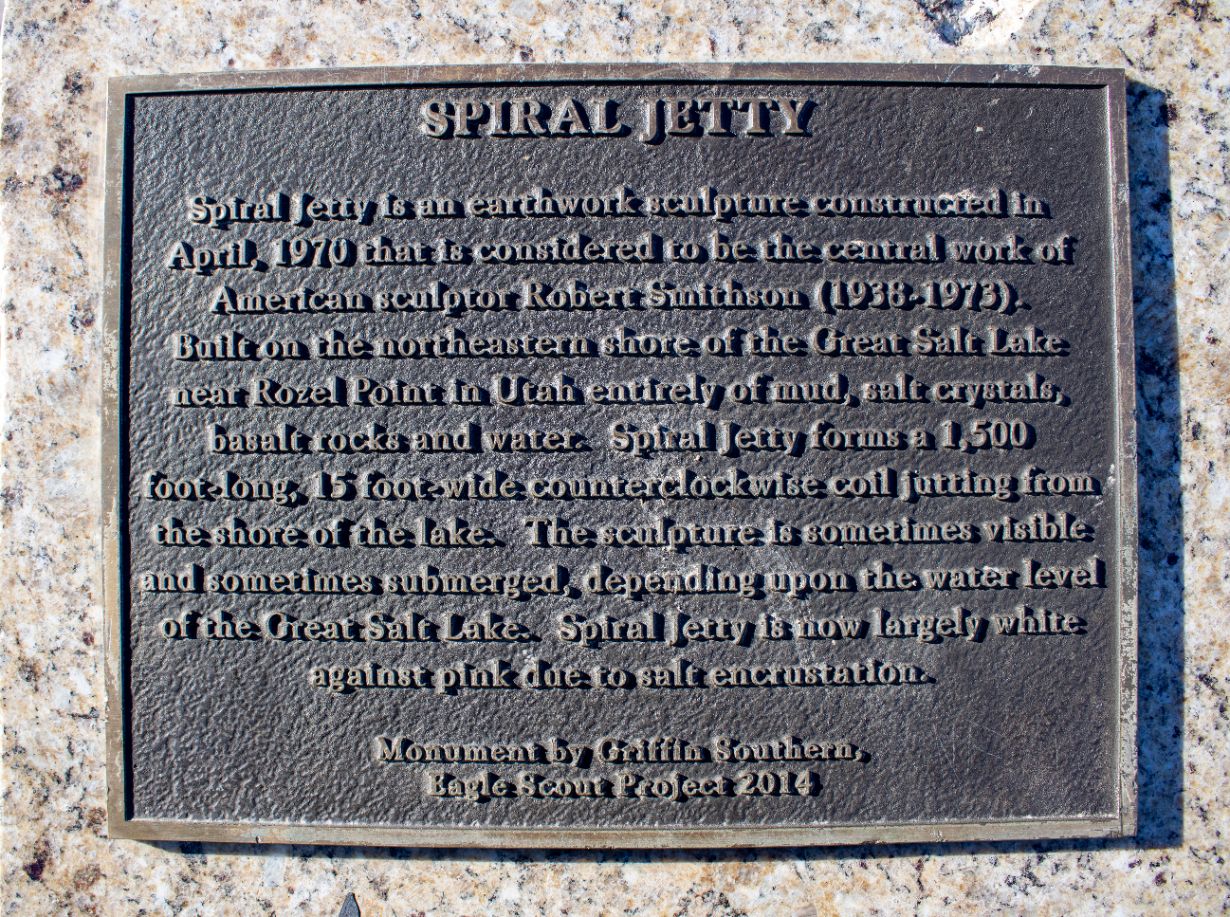

The post Utah’s Backyard Problem appeared first on Wasatch Magazine.

